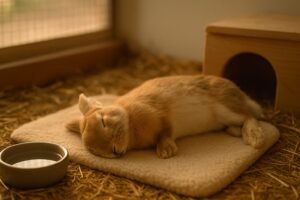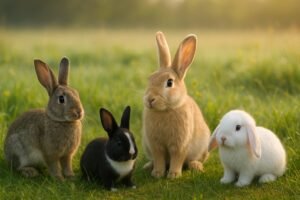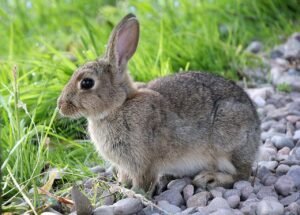Rabbit markings are unique patterns and colors on a rabbit’s coat. These markings help identify different breeds and individual rabbits. In this guide, we’ll explore various types of rabbit markings, from the agouti and otter patterns to the elegant sable and frosted pearl. Common rabbit marking patterns include solid colors, shaded, agouti, and spotted patterns like the Dutch and English Spot. Understanding these markings can give you deeper insights into rabbit breeds and their characteristics.
Key Takeaways
- Rabbit markings play a crucial role in identifying breed traits and purity, with organizations setting standards based on these features.
- Common patterns include agouti, otter, self, and broken, each with unique characteristics that reflect genetic diversity.
- Solid coats display a uniform color, while shaded coats have darker points on the extremities, fading to lighter body colors.
- Understanding these markings enhances appreciation for the genetic artistry in rabbit breeding, revealing insights into a rabbit’s lineage.
Understanding Rabbit Markings
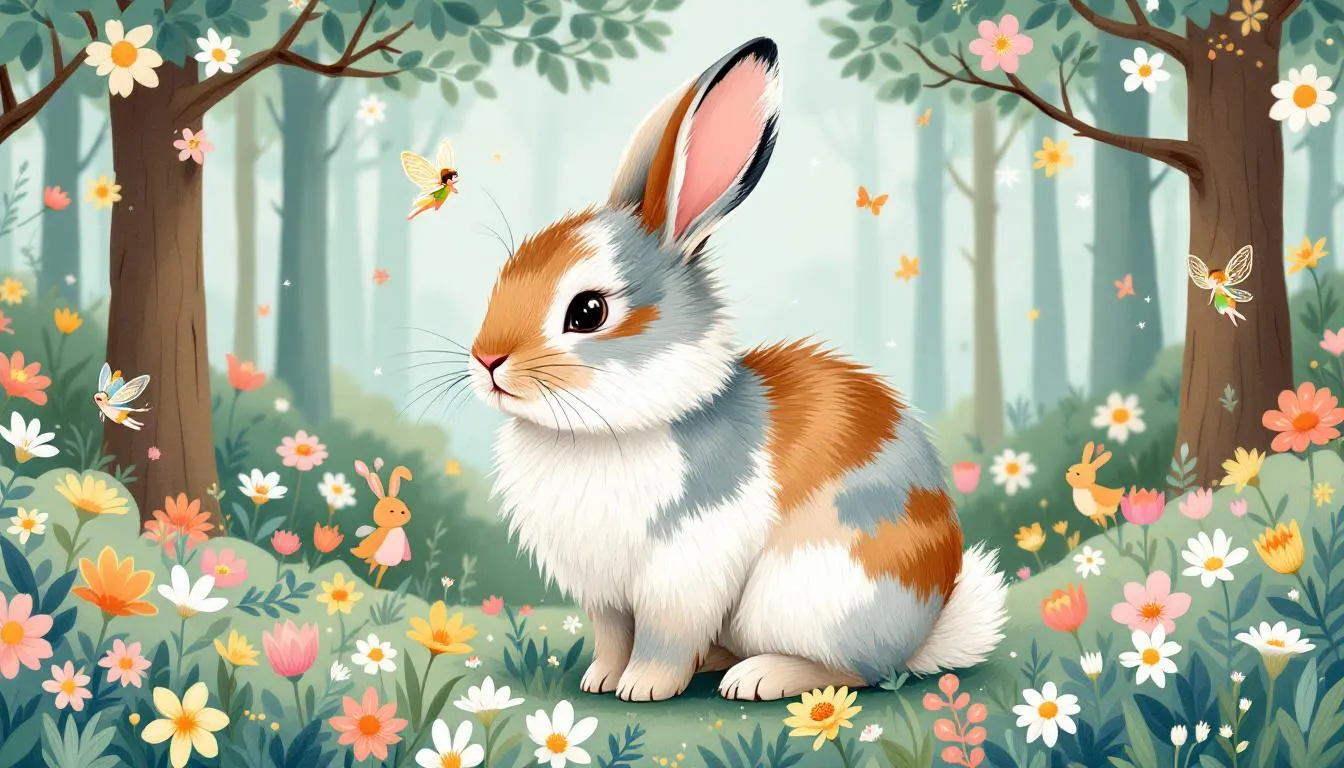
Rabbit markings can vary widely, reflecting the diversity of breeds and individual appearances. These markings are not just about aesthetics; they play a crucial role in identifying specific breed traits and ensuring the purity of a breed. Organizations like the American Rabbit Breeders Association and the British Rabbit Council use these markings to establish breed standards and for competitions. English Spot markings include symmetrical patterns like a butterfly nose and eye circles, adding to the distinctiveness of this breed.
Self-marked rabbits are intriguing because of their genetic stability in color. A uniformly colored rabbit, like a black self rabbit, exemplifies robust and stable genetics. Their stability makes self rabbits a staple in breeding programs and a favorite among breeders.
From wild rabbits to domesticated pets, the markings you see are a blend of evolution and selective breeding. Camouflage in wild rabbits is crucial for survival, helping them evade predators. Understanding these markings can give you insights into the rabbit’s lineage and help you appreciate the genetic artistry that goes into each breed. Whether it’s the white markings on a colored rabbit or the intricate agouti markings, each pattern tells a story of its own.
Agouti Markings
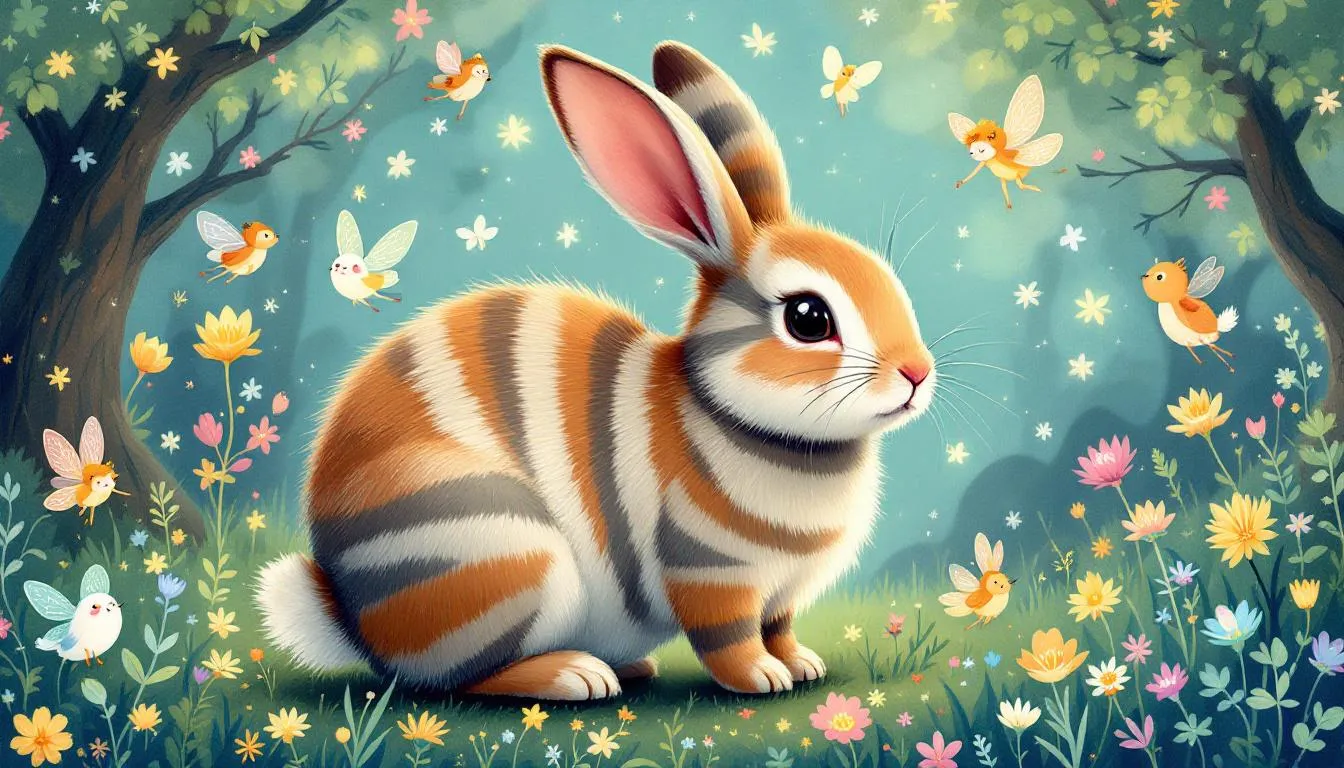
Agouti markings are one of the most common and recognizable patterns in rabbits. These markings exhibit a multicolored coat pattern where each hair has alternating bands of color. Often seen in wild rabbits, this pattern is characterized by guard hairs with color bands and a light undercolor. A solid back with a ticked belly is a variation of the agouti pattern, adding further diversity to this common marking.
Agouti rabbits typically have guard hairs with an orange or yellow middle band and black tips, creating a vibrant appearance. The belly of an agouti rabbit is white, providing a striking contrast to the darker, banded fur on the rest of the body.
These markings include orange and white lacing on the nose, eyes, and inside of ears, making the agouti pattern distinctive and recognizable.
Chestnut Agouti
Chestnut agouti rabbits are a beautiful example of the agouti pattern, featuring a rich chestnut color with black guard hairs. The guard hairs of chestnut agouti rabbits are predominantly chestnut with black tips, creating a unique brindled appearance derived from a combination of black and yellow pigments, including the striking black agouti.
This coloration gives chestnut agouti rabbits a lively, textured look that is eye-catching and indicative of their robust genetics.
Chocolate Agouti
Chocolate agouti rabbits are characterized by their unique chocolate-tipped guard hairs. These rabbits possess guard hairs that are distinctly chocolate brown at the tips, offering a rich contrast to other agouti colors. The deep brown appearance makes chocolate agouti rabbits striking and easily distinguishable from other rabbit colors.
Blue Agouti
Blue agouti rabbits are known for their unique slate blue color, which is complemented by a fawn-colored undercoat. This combination creates a visually appealing contrast that sets blue agouti rabbits apart from other varieties.
The combination of slate blue guard hairs and a fawn undercoat creates a harmonious appearance, making blue agouti rabbits a favorite among breeders and enthusiasts.
Otter Markings
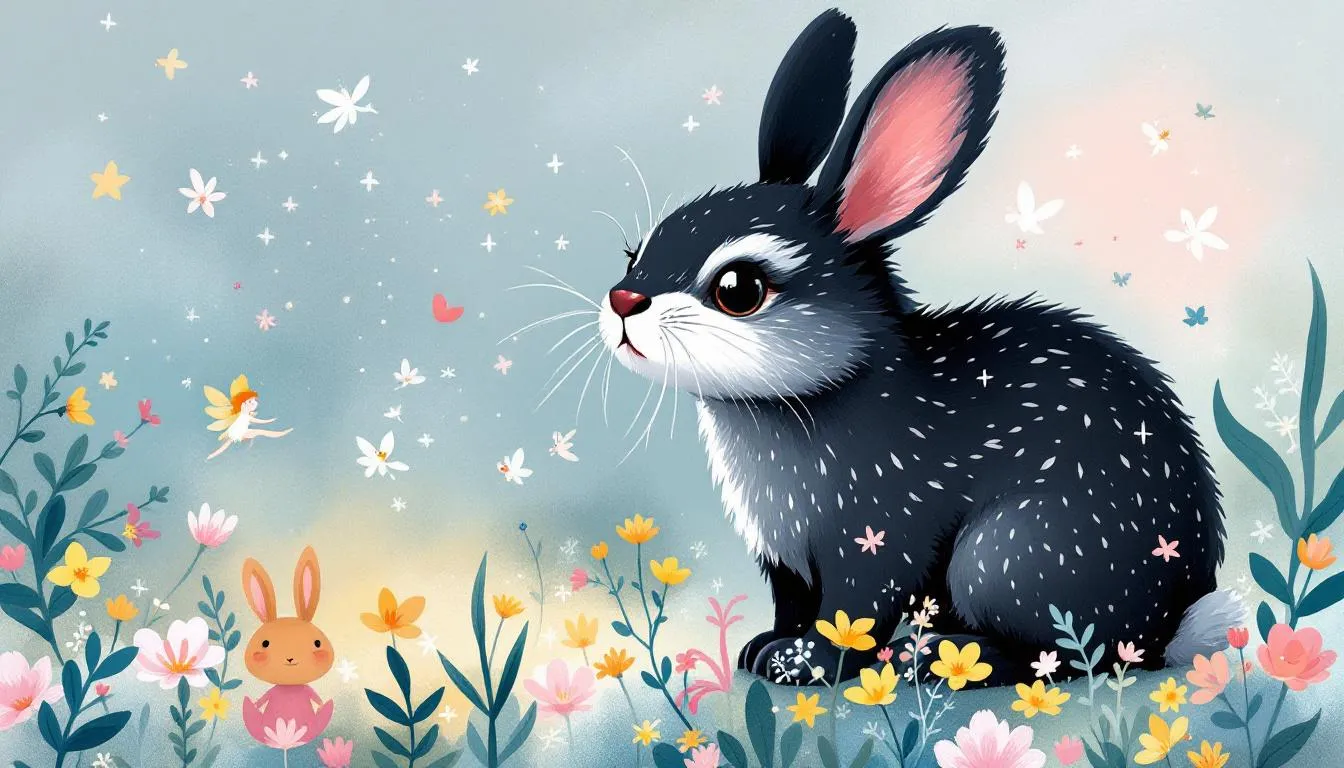
Otter markings present a fascinating blend of colors and patterns, characterized by specific facial lacing that adds distinction to solid colors. Black otter rabbits, for instance, are marked by a solid black surface color with striking orange markings around their eyes and on the back of the neck, providing a vivid contrast.
The pink color inside the ears is a distinctive aspect of otter markings, setting them apart from self or agouti patterns. This unique feature, along with the clear white nose lacing seen in some varieties like the martenised blue point, makes otter-marked rabbits particularly distinctive and visually appealing.
Black Otter
Black otter rabbits are characterized by their solid black fur, accented by lighter shades around the facial areas, particularly the muzzle, eyes, and ears. This lacing becomes more pronounced as the rabbit matures, displaying varying shades of black that highlight the robust genetic diversity within this color pattern. Additionally, black otters are known for their unique features that complement this diversity.
Blue Otter
Blue otter rabbits are notable for their slate blue color, which can appear darker in certain lighting conditions. Fawn markings throughout their coat and a slate undercolor contribute to their distinctive appearance, making blue otters a striking addition to any rabbit collection.
Chocolate Otter
Chocolate otter rabbits stand out with their rich chocolate color and distinctive orange markings. The pink inner ear color highlights the otter pattern, while the chocolate surface color provides a delightful contrast.
Self Markings
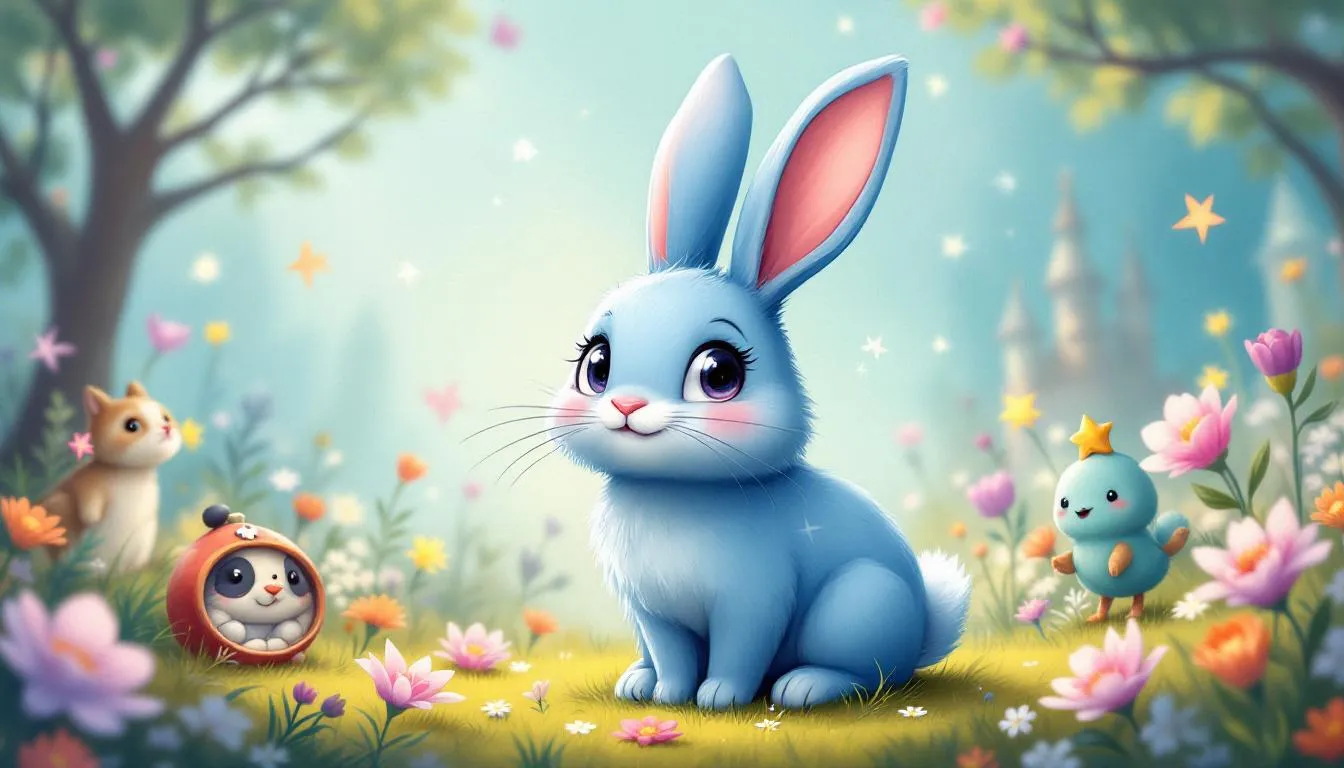
Self markings in rabbits are defined by a single solid color without any banding or lacing. Their uniform coloration, often with a slightly lighter undercoat, creates a subtle yet elegant appearance. Self-marked rabbits are highly valued in breeding programs due to their genetic stability.
In angora breeds, the appearance of black self rabbits appears lighter due to their longer wool. This creates a fascinating contrast between the dense, dark guard hairs and the lighter undercoat, showcasing the unique beauty of self-marked rabbits.
Black Self
Black self rabbits are plain black all over, with a jet-black face and guard hairs. Their dark slate wool adds depth, creating a striking look cherished by breeders and enthusiasts, showcasing the beauty of dominant black pigment.
Blue Self
Blue self rabbits are characterized by their slate grey color, which is uniform across their body without any banding. The solid coloration, complemented by a slate blue undercoat and a hint of dark blue, gives blue self rabbits a distinctive and elegant appearance that can evoke feelings similar to the blues.
Chocolate Self
Chocolate self rabbits possess a rich brown color that is uniform across their body. Their chocolate base color, with a lighter slate undercoat, enhances their overall appearance. The deep brown face and a ruby glow in their eyes add to their striking look, making chocolate self rabbits a favorite among enthusiasts.
Broken Pattern
The broken group pattern in rabbits is characterized by irregular color patches interspersed with white fur. This pattern, caused by the ‘En’ gene, creates a visually striking appearance that is both unique and appealing. Well-marked broken rabbits typically have color on both ears, eyes, and a spot over the nose, covering 10% to 50% of the body.
While the broken pattern is not currently recognized for showing in English Angoras, it is in the process of being recognized. This pattern is popular among other breeds, making broken-patterned rabbits a beloved choice for pet owners and breeders.
Butterfly Pattern
The butterfly pattern is characterized by an even and symmetrical color distribution on the face, with a fully covered nose and ears. This balanced arrangement creates a distinct and visually appealing look, making butterfly-patterned rabbits a popular choice among enthusiasts.
Mantle Pattern
Rabbits with a mantle pattern exhibit significant portions of their body colored, with distinct white markings on the chest and legs. The high color coverage creates a dominant presence, making mantle-patterned rabbits visually striking and unique.
Booted Pattern
Booted patterned rabbits are characterized by their white feet, which give the appearance of wearing boots. The clear white markings on the feet are charming and unique, making booted rabbits a favorite among pet owners.
Chinchilla Markings
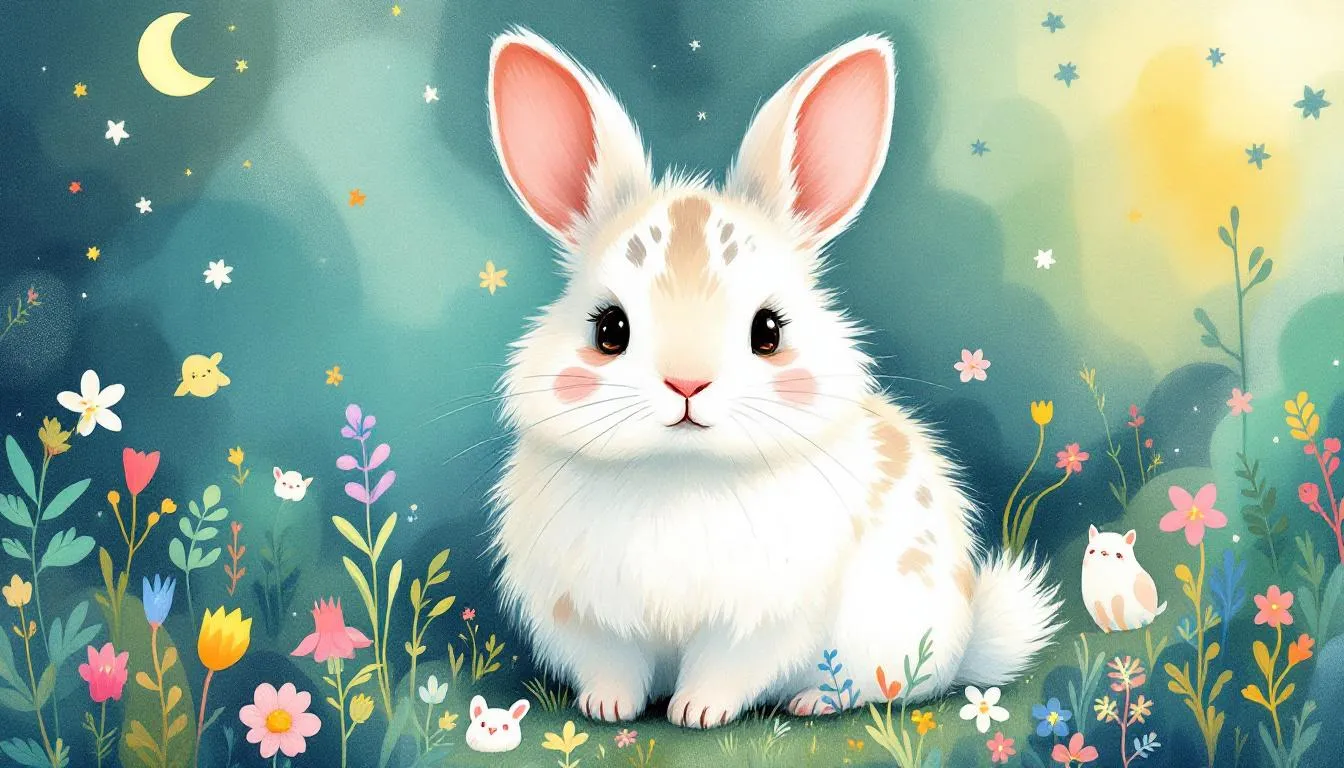
Chinchilla markings are characterized by the absence of yellow pigment, resulting in a unique and striking appearance. The hair shafts of chinchilla rabbits are pearly white with black tips, and they have a slate undercolor. This combination creates a visually appealing contrast that is both elegant and distinctive.
Chinchilla rabbits also exhibit distinctive lacing in black on their ears, further enhancing their unique appearance. Combined with the absence of yellow pigment, these markings make chinchilla rabbits a fascinating and visually appealing variety.
Standard Chinchilla
Standard chinchilla rabbits are recognized for their slate-colored undercoat, which contributes to their overall appearance. The slate undercolor defines their look, making standard chinchilla rabbits a striking and elegant choice.
Blue Chinchilla
Blue chinchilla rabbits possess a unique blue-grey fur coloration that sets them apart from other varieties. The blue-grey shade and distinctive markings make blue chinchilla rabbits a visually appealing and unique addition to any collection.
Chocolate Chinchilla
Chocolate chinchilla rabbits are known for their distinctive guard hairs, which have a chocolate hue. The chocolate-tipped guard hairs add to their unique appearance, making chocolate chinchilla rabbits fascinating and appealing, especially when considering chl.
Pointed White Markings
Rabbits with pointed white markings typically exhibit a light cream fur base accented by deeper color points on specific areas such as ears, feet, and tail. This pattern creates a striking visual contrast, making pure white pointed white rabbits distinctive and appealing. The temperature-sensitive albino marking has dark points on a light body, caused by a mutation of the albinism gene, further contributing to the variety of pointed patterns.
The light cream coat, combined with darker extremities, gives pointed white rabbits a unique and elegant appearance. These markings, often seen in various rabbit breeds, highlight the beauty and diversity of rabbit colors and patterns, including those with a striking white coat.
Siamese Sable
Siamese sable rabbits are characterized by a rich sepia color accentuated by darker points on their extremities. The gradient from rich sepia on the back to lighter tones creates a striking contrast, making Siamese sable rabbits captivating and elegant.
Blue Point
Blue point rabbits are recognized for their pale cream bodies adorned with subtle blue-grey markings. The blue-grey points on their extremities add distinctiveness, making blue point rabbits a visually appealing and unique choice for enthusiasts.
Chocolate Point
Chocolate point rabbits have a creamy coat with rich, dark chocolate-colored markings that stand out distinctly. The cream base color combined with deep chocolate points on the nose, ears, feet, and tail creates a visually striking and unique appearance.
Marten Markings
Marten markings are a combination of patterns typically found in sable and otter markings, creating a distinctive coat appearance. This blend of patterns results in a visually appealing and elegant look, highly valued among rabbit enthusiasts.
The combination of sable and otter patterns creates a rich, dynamic appearance, making marten-marked rabbits stand out. These markings highlight the genetic diversity and beauty of rabbit colors, showcasing the intricate patterns that can emerge from selective breeding.
Marten Seal
Marten seal rabbits are characterized by their unique sepia coloration paired with otter patterns. The sepia tones combined with otter-style markings create a visually striking and distinctive appearance, making the marten seal rabbits captivating.
Marten Sable
Marten sable rabbits exhibit a combination of Siamese sable and otter markings, starting with a blue slate grey color that develops flecks of black or dark sepia as they grow. This blend of markings creates a dynamic and elegant appearance, making marten sable rabbits a favorite among breeders.
Martenised Blue Point
Martenized blue point rabbits are characterized by their distinctive creamy body color with blue points and otter markings. Martenised blue points lack the fawn shades of regular blue points, resulting in a unique and striking appearance highly valued among enthusiasts.
Sable Markings
The sable gene produces various popular rabbit colors, including sable, smoke, and blue point. Sable markings are characterized by color transformations throughout growth, influenced by temperature. As they mature, marten sable rabbits display a more pronounced pattern of flecking and darker sepia tones, showcasing the influence of sable genes.
This color transformation makes sable-marked rabbits fascinating, as their appearance can change over time. The deep brown and darker extremities create a dynamic and elegant look, making sable rabbits captivating for breeders and enthusiasts.
Siamese Smoke
Siamese smoke rabbits typically exhibit a creamy blue body that transitions to blue-grey points. This striking color combination creates an appealing and elegant appearance, making Siamese smoke rabbits a favorite among enthusiasts.
Chocolate Sable
Chocolate sable rabbits have a base coat color that is distinctly chocolate, similar to that of Siamese sables. The rich chocolate base creates an appealing and elegant appearance, making the chocolate sable rabbits captivating for enthusiasts.
SealPoint
Seal point rabbits are known for their distinct coloration, featuring a light cream body combined with darker sepia points on their extremities, such as ears, nose, paws, and tail. The intensity of these dark points can vary among individual seal point rabbits, creating a unique and visually striking appearance.
Tortoiseshell Markings
Tortoiseshell patterns are influenced by specific gene pairs that determine color distribution and intensity. These gene combinations can create striking color contrasts within a rabbit’s coat, making tortoiseshell-marked rabbits visually appealing and unique. The genetic diversity that produces these markings highlights the intricate beauty of rabbit colors and patterns.
Chocolate tort rabbits, for example, feature a rich chocolate color interspersed with lighter patches. The combination of orange fur and chocolate-colored points creates a striking contrast, making chocolate tort rabbits a favorite among breeders and enthusiasts. A great chocolate tip for those interested in breeding is to pay attention to the color variations.
Chocolate Tort
Chocolate tort rabbits are characterized by their rich orange fur. They also have darker chocolate points located on their nose, ears, and belly. The striking combination, enhanced by a white undercolor, creates an appealing and unique appearance, making chocolate tort rabbits captivating for enthusiasts.
Lilac Tort
Lilac tort rabbits have fawn fur with darker lilac points and lilac-tipped guard hairs. The unique coloration, combined with beige shading to lilac in their wool, creates a striking and elegant appearance, making lilac tort rabbits a favorite among breeders and enthusiasts.
Frosted Pearl Markings
Frosted pearl rabbits exhibit a shimmering, soft appearance due to their unique coat structure. The delicate, shimmering effect on their fur creates an appealing and unique look, highly valued among enthusiasts. The predominantly white undercoat with gray tips on the nose, ears, tail, and feet adds to their distinctive appearance.
These rabbits are a beautiful example of how selective breeding can produce unique and captivating markings. The frosted pearl pattern highlights the intricate beauty and diversity of rabbit colors, making these rabbits a favorite among breeders and enthusiasts.
Smoke Pearl
Smoke pearl rabbits have a unique light shading that gives them a pearl-like appearance. Their creamy blue coat transitions to darker points, creating a striking and elegant look.
Adult smoke pearls exhibit a creamy pearl gray coat that lightens on the sides and belly, with a slightly lighter color and darker blue shading on specific areas, making them a captivating choice for rabbit enthusiasts. The overall appearance is enhanced by the addition of light gray tones.
Summary
In conclusion, the diverse array of rabbit markings and colors showcases the intricate beauty and genetic artistry that goes into breeding these delightful creatures. From the common agouti patterns to the exquisite frosted pearl, each marking tells a story of its own. Whether you are a breeder, an enthusiast, or simply a lover of rabbits, understanding these markings can deepen your appreciation for these animals. The next time you see a rabbit, take a moment to admire its unique markings and the genetic history they represent.
Frequently Asked Questions
What are agouti markings in rabbits?
Agouti markings in rabbits feature a distinct multicolored coat where each hair displays alternating bands of color, typically with a light undercolor, and include characteristics such as an orange or yellow middle band and black-tipped guard hairs. This coat pattern is commonly seen in wild rabbits.
How can you identify otter markings in rabbits?
You can identify otter markings in rabbits by looking for specific facial lacing, color patterns on the back of the neck, and distinctive orange markings around the eyes. Additionally, pink coloration inside the ears serves as a further indicator of otter genetics.
What defines self-markings in rabbits?
Self markings in rabbits are characterized by a uniform solid color without banding or lacing, typically with a slightly lighter undercoat. In Angora breeds, this can appear even lighter due to their longer wool.
What is unique about broken pattern rabbits?
Broken pattern rabbits are unique for their irregular color patches mixed with white fur, due to the ‘En’ gene, typically displaying color on both ears, eyes, and a nose spot, with 10% to 50% overall color coverage.
What are the pointed white markings in rabbits?
Pointed white markings in rabbits are characterized by a light cream fur base with deeper color points on areas like the ears, feet, and tail, creating a visually striking contrast. This pattern can be found in several rabbit breeds.

